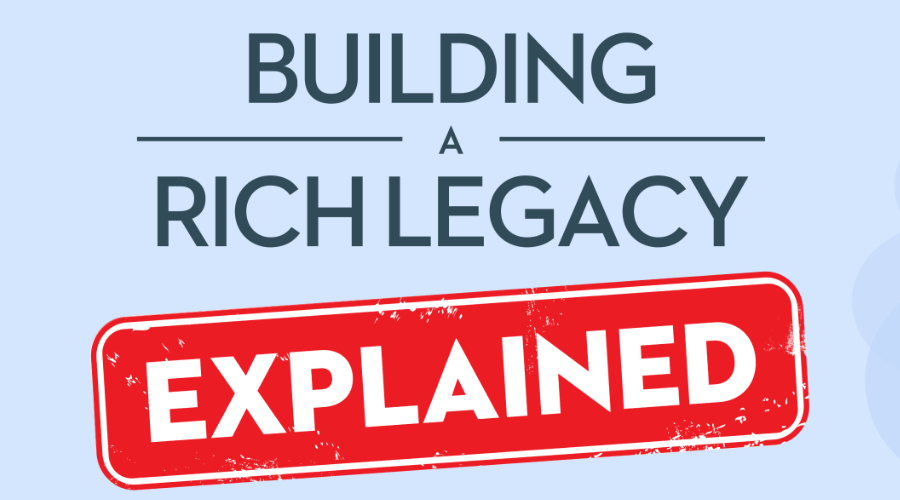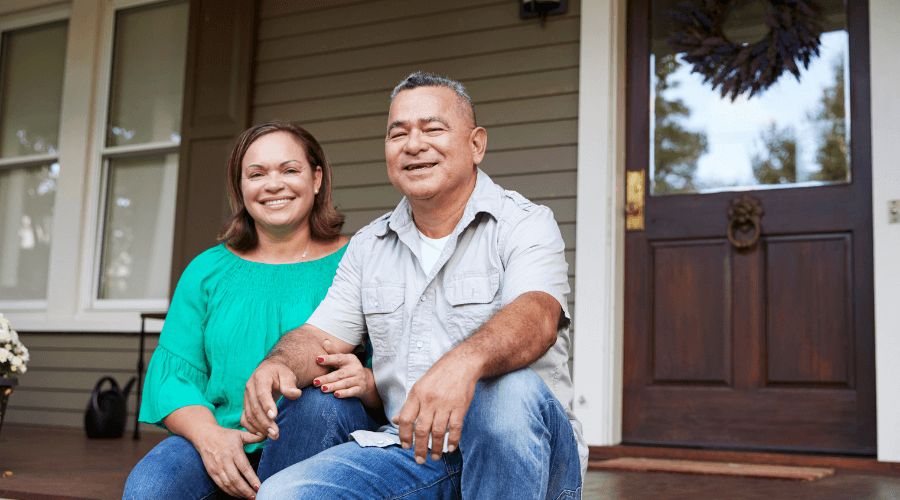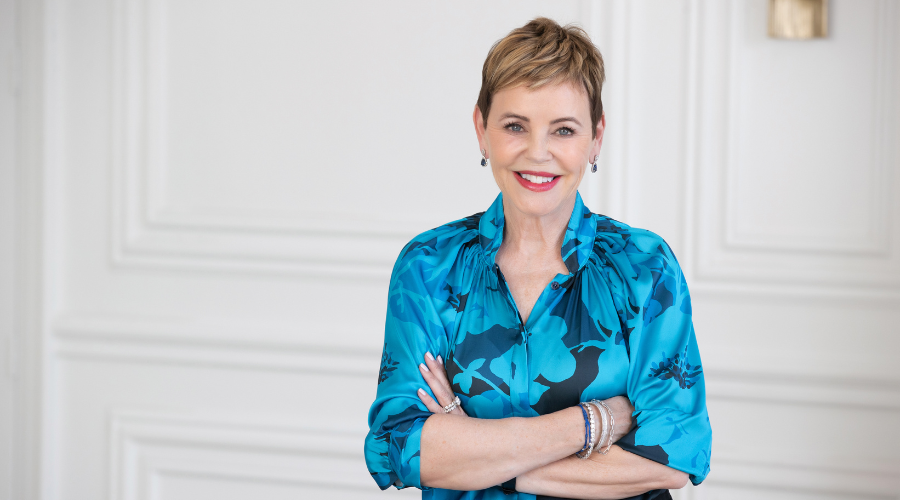What is a second mortgage and how does it work?
A second mortgage is when an additional loan, with a different mortgage lender, is taken on a property that is already mortgaged. When the mortgage holder makes payments on the second mortgage, they must also continue to make payments on the primary mortgage. So, how does a second mortgage work? The amount you can borrow will depend on the equity you have in your home. For example, let’s say your home is valued at $400,000 and the balance of your first mortgage is $100,000. The total of a first and second mortgage can be as much as 80% of your home’s value, so your second mortgage could be as much as $220,000.
A second mortgage is when an additional loan, with a different mortgage lender, is taken on a property that is already mortgaged. When the mortgage holder makes payments on the second mortgage, they must also continue to make payments on the primary mortgage. So, how does a second mortgage work?
How does a second mortgage work when it comes to qualifying?
Second mortgage lenders tend to care more about the amount of equity in your home than your income or credit score. So if you’re interested in a second mortgage, it is important to understand how much equity you have in your home. If you do qualify, you may be wondering, how does a second mortgage work when I want to pay it back? Typically terms for second mortgages are for a year or two, during which you normally pay just interest payments. At the end of the term you need to pay back the total, extend the loan for another term or take out a new second mortgage to pay it off.
Why are interest rates higher with a second mortgage?
The lender for the second mortgage takes on more risk than the provider of the first mortgage because they would be in second position on the property’s title. For example, if a homeowner defaults on their payments and the property is then taken into possession, the lender of the original (first mortgage) would be paid out first. The lender of the second mortgage is at a higher risk of not being paid out in full. Due to this additional risk, second mortgage rates are usually higher than the rates of a principal mortgage. When comparing a second mortgage vs HELOC, for example, second mortgage rates are almost always a lot higher.
Can you get a second mortgage with bad credit?
People often ask, can I get a second mortgage with bad credit? Many second mortgage lenders will provide second mortgages to people with bad credit, including those with a previous bankruptcy or proposal. To get a second mortgage with bad credit, loan to value (LTV) is the most important aspect, where what you owe in total mortgages is less than 80% of your home’s value. So, how does a second mortgage work when it comes to bad credit? Mortgage brokers have access to dozens of private lenders, many of whom will provide a loan, even if your credit rating is in the 500s, so long as your second mortgage LTV stays below 80%. It is much easier with bad credit to get a second mortgage vs getting a HELOC with poor credit. However, taking a second mortgage with bad credit means you will pay high interest on the loan (often 10% or even higher, depending on your credit score). So, can you get a second mortgage with bad credit? Typically, yes, so long as there is a decent amount of equity in your home and you’re willing to pay high interest rates.
Many Canadians get a second mortgage for reasons such as:
- to consolidate high interest debts
- to pay for medical or unexpected emergencies
- to pay for home renovations
Advantages and disadvantages of a second mortgage
Advantages of a second mortgage:
- You don’t have to discharge your current low rate first mortgage and suffer penalties and fees.
- Since there are many providers, both institutional (banks and credit unions) and private (mortgage lenders/providers), it is easier to arrange, especially when you compare a second mortgage vs a HELOC.
- Most second mortgages are interest-only payments and one-year terms.
- Up to 80% of your appraised home value can be used to arrange a second mortgage, minus the amount left to pay on the primary mortgage.
Disadvantages of a second mortgage:
- Higher interest rates for a second mortgage than a principal mortgage because the lender has to take on more risk. When you look at a second mortgage vs HELOC, the rates are also significantly higher.
- A second mortgage can sometimes lead to foreclosure when a homeowner defaults on their loans. The lender for the second mortgage can purchase the primary mortgage and then foreclose, which means the homeowner loses their home to the second mortgage lender.
- Amortizations can last up to 25 years on a second mortgage, but repayment can be required in as little as one year depending on the structure of the loan.
- Higher interest rates than primary mortgages, however rates are often still lower than high interest credit cards or unsecured lines of credit.
How can you qualify for a second mortgage?
Since second mortgages are risky for lenders, in order to qualify, lenders will look at the following:
- Equity: The more equity an applicant has, the higher the chance of qualifying for a second mortgage.
- Income: Lenders need to ensure that an applicant can make payments. Therefore, a dependable source of income increases the chance of qualifying for a second mortgage at a lower rate.
- Credit Score: An applicant’s credit score can determine the interest rate for the second mortgage. As a rule of thumb, the higher the credit score, the lower the interest rate.
- Property: Lenders need to secure the investment in the applicant’s property in the event that the applicant is unable to keep up with mortgage payments.
If you are retired and are unable to qualify for a second mortgage due to reasons such as low credit score and lack of income, there is another option. A reverse mortgage can act as a viable second mortgage for retirees.
What is a second mortgage like compared to a HELOC (Home Equity Line of Credit)?
Typically, a HELOC is a better option from the point of view that it tends to have much lower interest rates when calculated using a HELOC interest calculator. However, HELOCs are a lot more difficult to qualify for. Here are how the two loans compare:
| HELOC | Second Mortgage | |
|---|---|---|
| Proof of income Required? | Yes | No |
| Credit score required | 640+ 740+ for best rates |
As low as 550, sometimes less |
| Bankruptcy or proposal considered? | No | Yes |
| Rates | Prime plus 0.5% (typically) |
Can be anywhere from 8-18% |
| Repayment | Rolling credit, so indefinite | Must be repaid or renewed after term |
A reverse mortgage, a better second mortgage option
Now you know the answer to what is a second mortgage, is it right for you? If you’re a Canadian homeowner aged 55 or over, an effective home equity loan option you can use is a reverse mortgage. The CHIP Reverse Mortgage®, just like a second mortgage, is a loan secured against the value of the home. It provides the homeowner with the ability to access some of the value of their home without having to move or sell. The biggest feature of the CHIP Reverse Mortgage over a second mortgage is that a reverse mortgage requires no regular payments until a homeowner moves or sells the home.
Advantages of a reverse mortgage:
- Retain the title of your home
- No regular monthly payments required
- You don’t have to prove income to qualify
- No repayment required until you move out or sell your home
- You can get up to 55% of the appraised value of your home in tax-free cash
Disadvantages of a reverse mortgage:
- Because you are not required to make any monthly payments for the duration of the time you live in your home, the interest rates are slightly higher than a conventional mortgage
- You must be 55 years of age or older to be eligible
For more information on the CHIP Reverse Mortgage in Canada or to get a free information guide, contact us at 1-866-522-2447 and see how the CHIP Reverse Mortgage is a great financial solution that can help you boost your retirement income.































